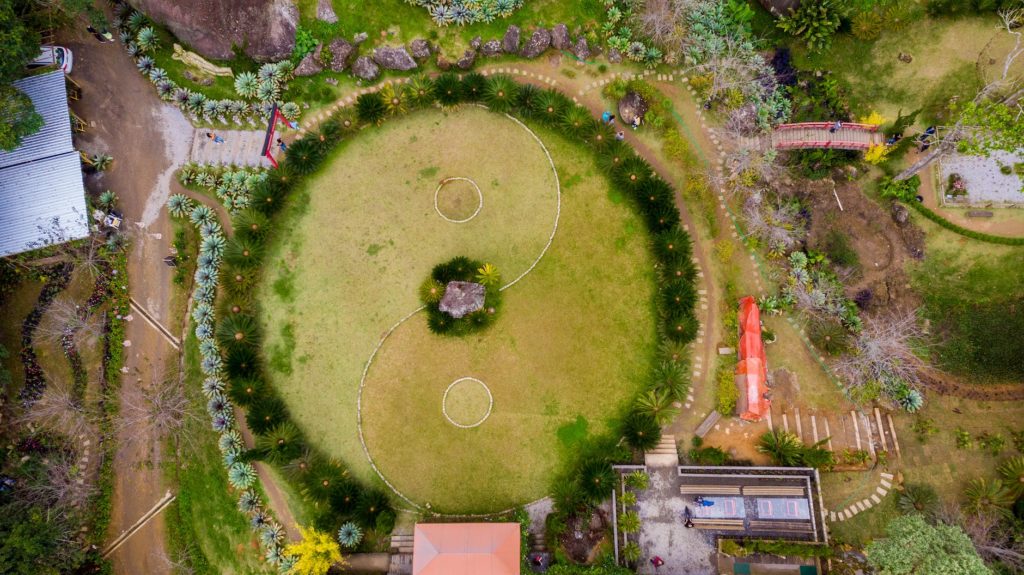Harmonizing with Feng Shui
Perhaps one of the oldest forms of geomancy in the world is Feng shui which originated in China more than 3500 years ago. This ancient practice is literally translated as wind and water and is based on the belief that life can be greatly improved with the help of Qi or energy flow. This Qi can be produced by achieving balance or harmony through the use of the laws of heaven, which pertains to the study of astronomy and earth, which is associated with the study of geography.
The purpose of the application of this practice is to locate that Qi or that vital energy in your surroundings by creating balance and harmony around you. Here are some Feng shui theories that can give you a better grasp of this concept of balance and energy.
The Power of Qi
Qi is everywhere and the key is to find it. This energy is a result of interactions in the environment like the yin and yang and the five elements of water, fire, earth, metal, and wood. This theory believes that the way you arrange your surroundings and position certain objects around you can affect your energy levels. It also believes that these energy levels can even influence your health, wealth, relationships, and even luck. By properly organizing your environment, qi can flow through the space freely and can create a positive effect on those who live in the area.
The Union of the Yin & Yang
The yin and the yang are two opposing forces or energies that work together creating a unity of opposites. The yin is characterized as the passive energy that is associated with the characteristics of water, cold, peace, and tenderness while the yang is described as the active energy like those from heat, fire, excitement, and speed. In other words, if yin is matter, yang is energy and neither of them can exist without the other. The key to understanding this practice is to achieve a proper balance of yin and yang in our environment.
Balance through Bagua
The Bagua is a popular Feng shui instrument that is shaped like an octagon and is divided into eight cardinal directions North, South, East, West, North East, North West, South East, and South West. The theory of Bagua is that each of these directions corresponds to a part of our life. For instance, the North portion of the Bagua pertains to one’s career while the South pertains to the fame or reputation of a person. The other categories of the Bagua are family, children, prosperity, relationships, wisdom, and travel.
The theory of the Bagua also believes that each of the eight directions pertains to a part of our life and in order to activate the energy or improve a certain part of our life find the direction it corresponds to and make the qi flow into that space positively.
Finding the Harmony
Understanding and appreciating the art of Feng shui is accepting that there is an existing relationship between you and your environment. The theories of this practice present information on how a person can achieve balance and harmony with the environment which can have a great impact on particular areas of a person’s life.
Although each person has their own potential in the area of health, wealth, relationships, and luck, what this practice really teaches is how to enhance these areas for practitioners to make the most out of their lives.
DISCLAIMER:
This information is not presented by a medical practitioner and is for educational and informational purposes only. The content is not intended to be a substitute for professional medical advice, diagnosis, or treatment. Always seek the advice of your physician or other qualified healthcare providers with any questions you may have regarding a medical condition. Never disregard professional medical advice or delay in seeking it because of something you have read.
Since natural and/or dietary supplements are not FDA-approved they must be accompanied by a two-part disclaimer on the product label: that the statement has not been evaluated by FDA and that the product is not intended to “diagnose, treat, cure or prevent any disease.”





